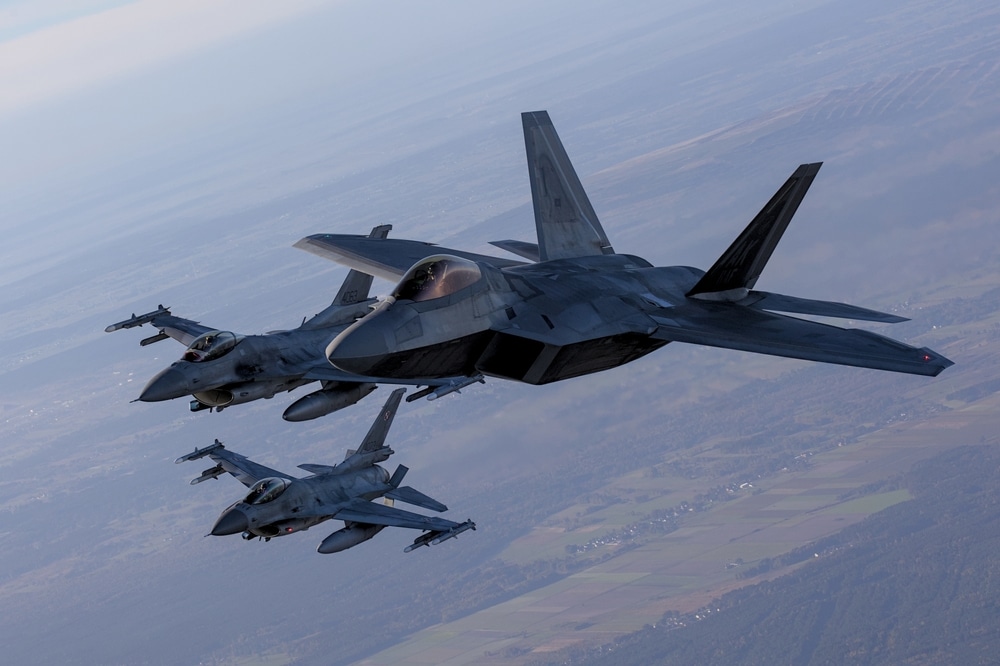As tensions between the United States and Iran continue to escalate, the U.S. military has taken significant steps to reinforce its presence in the Middle East by deploying additional warplanes and assets to the region.
This strategic move, reported across multiple news outlets, underscores the growing concern over potential conflict and the U.S.’s commitment to maintaining stability and deterrence in a volatile area.
On April 1, 2025, Reuters reported that the U.S. military had repositioned warplanes to the Middle East as a direct response to building tensions with Iran.
The deployment aims to strengthen U.S. forces in the region amid fears of retaliatory actions or further escalation. While specific details about the types and numbers of aircraft were not fully disclosed, the move signals a proactive stance by the Pentagon to ensure readiness.
Supporting this account, Military Times highlighted the Pentagon’s confirmation of “additional air assets” being sent to the region.
A Pentagon spokesperson emphasized that these deployments were intended to enhance defensive capabilities and support U.S. allies, particularly in light of Iran’s recent rhetoric and actions.
The article noted that this is part of a broader strategy to counter potential threats from Iran and its regional proxies, such as Hezbollah and the Houthis.
The Edge Malaysia echoed these reports, stating that the U.S. military’s decision to reinforce the Middle East with warplanes comes at a critical juncture.
The outlet pointed to the ongoing diplomatic friction and military posturing between Washington and Tehran as key drivers of this deployment.
Analysts cited in the piece suggested that the U.S. aims to deter any aggressive moves by Iran while reassuring allies like Israel and Gulf states of its unwavering support.
This is not the first instance of such military adjustments. Historical context provided by earlier reporting from the New York Times in August 2024 noted a similar deployment of warplanes to assist Israel in defending against Iran-backed threats.
The recurring nature of these reinforcements highlights a pattern of U.S. military responses to perceived Iranian provocations, a trend that appears to be intensifying in 2025.
Adding to the narrative, posts found on X on April 1, 2025, reflected real-time public awareness of these developments, with users linking to news articles and discussing the implications of the U.S. buildup.
While these social media insights are not conclusive evidence, they indicate a widespread recognition of the situation’s gravity among observers.
The deployments follow a series of events that have heightened U.S.-Iran tensions, including Iran’s continued support for militant groups and its advancing nuclear program, which Western powers view as a destabilizing factor.
The U.S. has also recently moved other assets, such as aircraft carriers and stealth bombers, to the region, as reported in late March 2025 by various sources. These actions collectively suggest a multi-layered approach to projecting power and maintaining a robust deterrence posture.
While the Pentagon has not explicitly outlined the full scope of its plans, the consensus among news reports is clear: the U.S. is preparing for a range of contingencies.
Whether this escalation leads to de-escalation through deterrence or sets the stage for further confrontation remains uncertain. For now, the movement of warplanes serves as a tangible sign of the U.S.’s resolve to counter Iran’s influence and protect its interests in the Middle East.










